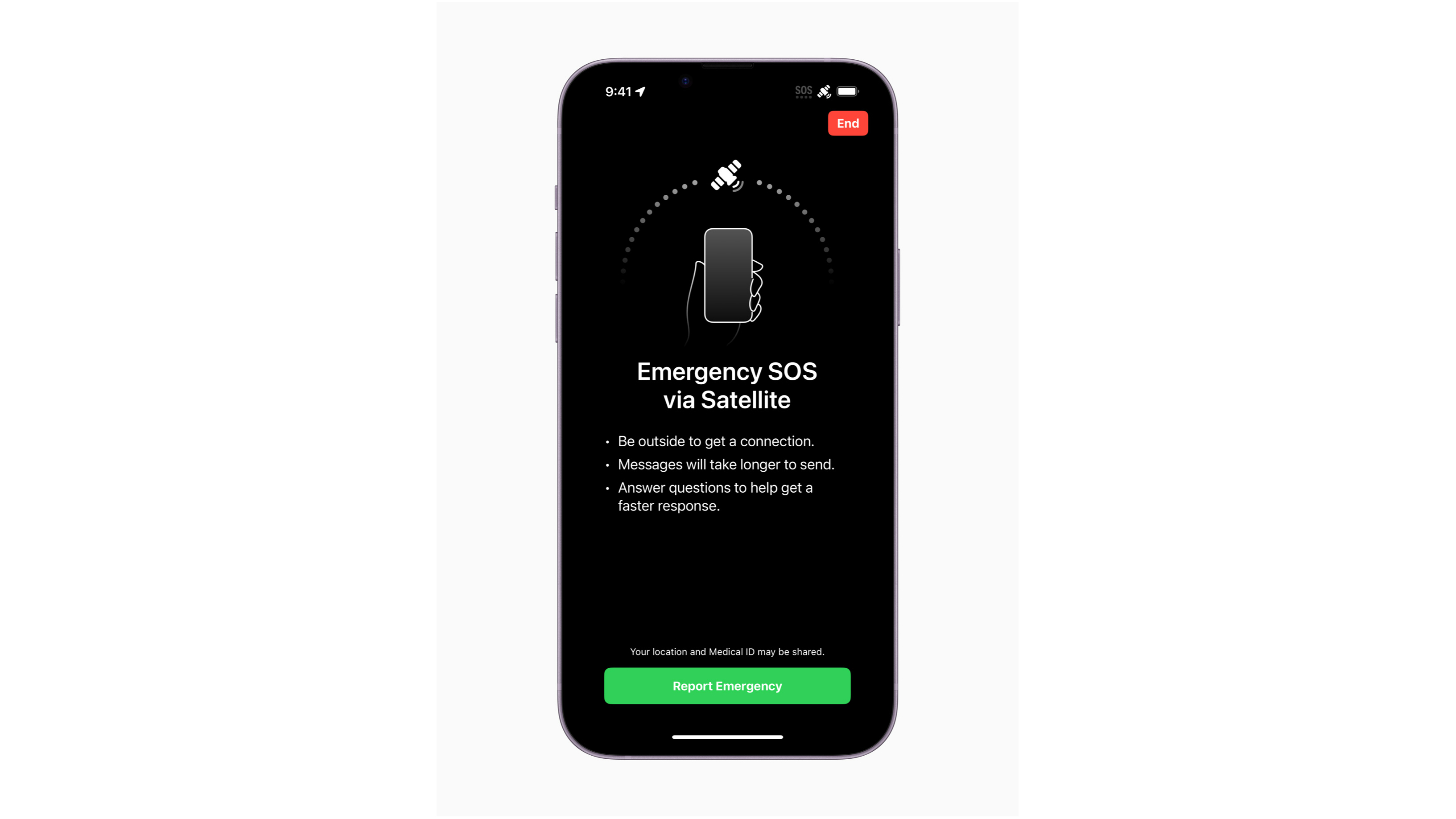
Last month, Apple launched the revolutionary Emergency SOS via Satellite technology in North America. Earlier this week, the same technology was brought to market in the UK and Europe.
It's already saved a life in Alaska, when a man became stranded in snowy conditions and used the feature to seek assistance. And, on the whole, people have been praising the technology for doing something genuinely brilliant.
But there is an elephant in the room.
In all of Apple's marketing for the feature, the fine print reads, "The service is free for two years starting at the time of activation of a new iPhone 14, iPhone 14 Plus, iPhone 14 Pro, and iPhone 14 Pro Max."
Which begs the question: what happens after the two year free period? On the face of it, the answer seems obvious – Apple will make you pay for it. But I don't think that's a good idea.
Charge for a service that has the power to save lives and you risk an insane amount of negative PR. I can just imagine headlines like, "Person DIES after Apple hides life saving feature behind a paywall."
Of course, given the wording of that disclaimer, it looks likely that Apple will adopt a paywall of some kind, so how might that work? Some have suggested it could form part of the Apple One subscription. That seems like a good idea to me. Users would get the benefit of multiple features, which would lessen the perceived cost of each individually.
Get all the latest news, reviews, deals and buying guides on gorgeous tech, home and active products from the T3 experts
Others have suggested that it may take on a pay-as-you-go style approach. This would mean users would only be charged when they required the service. I can see the logic in this approach too. It removes the barrier to entry entirely, mitigating the potential for any of the aforementioned negative PR. However, I can't imagine a pay-per-use model would be cheap, and users could end up choosing not to use the service because they can't afford it.
But really, the best thing to do would be to keep it free. Sure, it might not make perfect sense from a business perspective, but I think it could be worth it for the positive brand image. Already, we've seen a handful of accounts of the service saving people who were stranded in awful conditions. Each new story is like a free advert for the iPhone 14 range.
Not only that, the feature itself is a massive selling point. If you can't decide between two phones, you're going to pick the one that could save your life – particularly if it can do so for free!
Let's hope that Apple take notice of the demands of their consumers and keep this technology free for everyone.

Sam is an award-winning journalist with over six years of experience across print and digital media. As T3’s Senior Staff Writer, Sam covers everything from new phones and EVs to luxury watches and fragrances. Working across a range of different social media platforms alongside his written work, Sam is a familiar face for fans of T3. When he’s not reviewing snazzy products or hunting for stellar deals, Sam enjoys football, analog photography and writing music.
